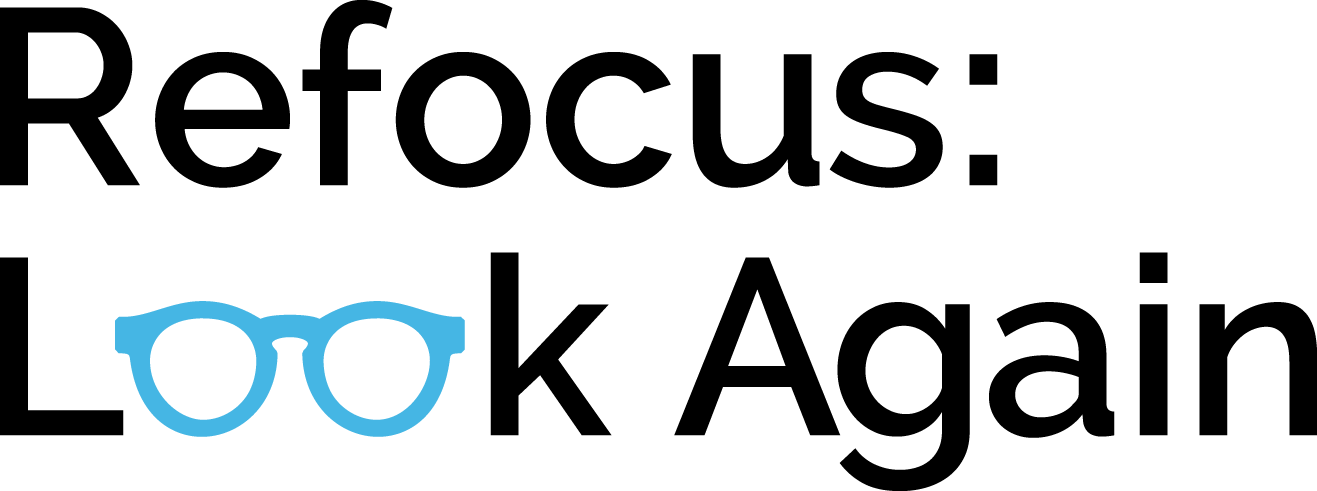When school health curriculum fails to address behavioral health, it further contributes to the feeling that a student’s mental health is not as important as their physical health. This article looks at new legislation proposals that would require mental health to be included in the larger health curriculum. This is vital in reducing stigma for students who wish to discuss their emotional well-being or seek treatment, and ensuring that they have a right to health without restrictions or shame.
Mental Health Days in Schools
Suicide is the third leading cause of death for ages 15-34 in the state of Maryland. In Maryland and across the nation, stigma around behavioral health has left many school policies lacking in how students are able to handle their emotional needs. This article from NPR highlights a proposed solution in Oregon extending excused absences for students that need to take sick days for mental health. Click the title for the full article from NPR.
Johnny’s & Megan’s Story - A Call for Reforming the Mental Health Care System (Video)
In this video for Rooted in Rights, Johnny and Megan discuss their experiences with behavioral health human rights violations and how these experiences inspired them to become advocates. They challenge the distorted perceptions around mental health and criminalization, recognizing that a lack of available services often result in the incarceration of people experiencing behavioral health crises.
Missouri Has 23% Of Its Foster Kids On Strong Psychoactive Drugs. A Lawsuit Claims The State Isn’t Keeping Records
Buzzfeed news takes an in-depth look into the Missouri foster care system’s failures to provide well-managed psychiatric care to children within the system. The article states that “this mirrors a national trend: Children in foster care are at least twice as likely to be taking these powerful drugs than kids outside the system, according to an analysis of Medicaid data.” While many explanations are provided, the double stigma of trauma and behavioral health plays a major factor in these human rights violations.
That Time the United States Sterilized 60,000 of its Citizens
The Huffington Post delves into the United States eugenics movement and how it targeted the so-called “mentally ill” or “mentally deficient” during the twentieth century. By forcibly sterilizing patients within psychiatric care the state sent the message that reproduction within this group was harmful and in need of control. The stigma of this movement remains today in the distorted perceptions of consumers of behavioral health and their parental abilities.
A talk with Judi Chamberlin
Leading patients’ rights advocate Judi Chamberlin reflects on her career as a crusader for changes within the behavioral health system. The interview takes place shortly after she entered hospice care for an incurable lung disease. In it, Chamberlin draws attention to the strengths of the hospice care system and how those principles can be carried over to the creation of patient-centered, self-directed behavioral healthcare system that acknowledges the respect and dignity of human life.
Mental health, human rights & legislation
Facing a global human rights emergency in mental health, the World Health Organization (WHO) has outlined strategies for effective change, utilizing the Convention of the Rights of Persons with Disabilities as a framework. While this article is written for a global perspective, it can be a key starting point for individuals or organizations drafting a strategy for fighting the impact of stigma on human rights.
Mental Health is a Human Right
This article explores the global crisis of human rights violations within mental health care and the interdependence of mental health and human rights. Across the globe, stigma and discrimination are identified as major barriers to accessing treatment, quality of treatment, and funding mental health. Click “read more” to access some of our favorite quotes, or click the title to access the full article from the American Psychological Association for more information on these issues and the APA’s proposed solutions.


